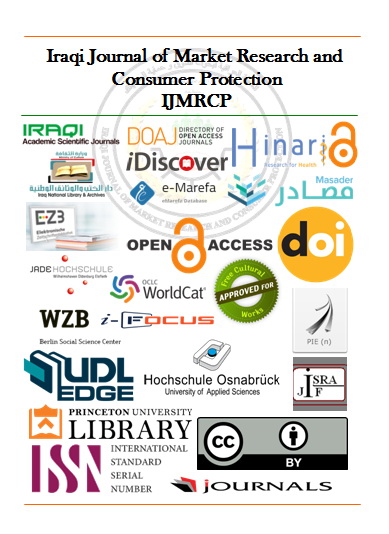Indicators Trends Of Populaion Structure Composition In Iraq And Their Relationship With Dependency Rates For The Period (1986-2010).
Indicators Trends Of Populaion Structure Composition In Iraq And Their Relationship With Dependency Rates For The Period (1986-2010).
Keywords:
Population, Agestruture, youthfulness of the population, Dependency.Abstract
Iraq within the ranks of the fledgling communities characterized by a broad base of the population pyramid, because they pose the age group (under 15 years) of a large proportion of the community, as it exceeded the proportion (40%) during the years of research extended (1986-2010) Despite the relative decline in the rates fertility during that period, but the proportion of young people remained high, especially for groups of at least five years, amounting to about 14% in 2012, a little more than the proportion of what constitutes age group (5-9 above) years, where it was (13%) and this naturally predicts continuing population increases in coming decades, due to the entry of those numbers of individuals in the reproductive stage, and this of course will work toward high dependency rates.
Total dependency ratio over the medium term (2001-2005) towards (73.03%), which is relatively bare, because of the high proportion of the working age population of around (53.61%) and the average during the period (2006-2010) the dependency ratio increased to approximately (82.79%) due to high population growth rates, as well as the lack of decline in the proportion of the population (below 15 years), reaching around (42.37%).
Among the recommendations of the research is necessary to take appropriate measures to support the empowerment of women through attention to education issues for the Liberation of potential programs to help to raise the rates of growth of the labor market and the welfare of the society, on the one hand, and on the other hand to reduce fertility rates.





